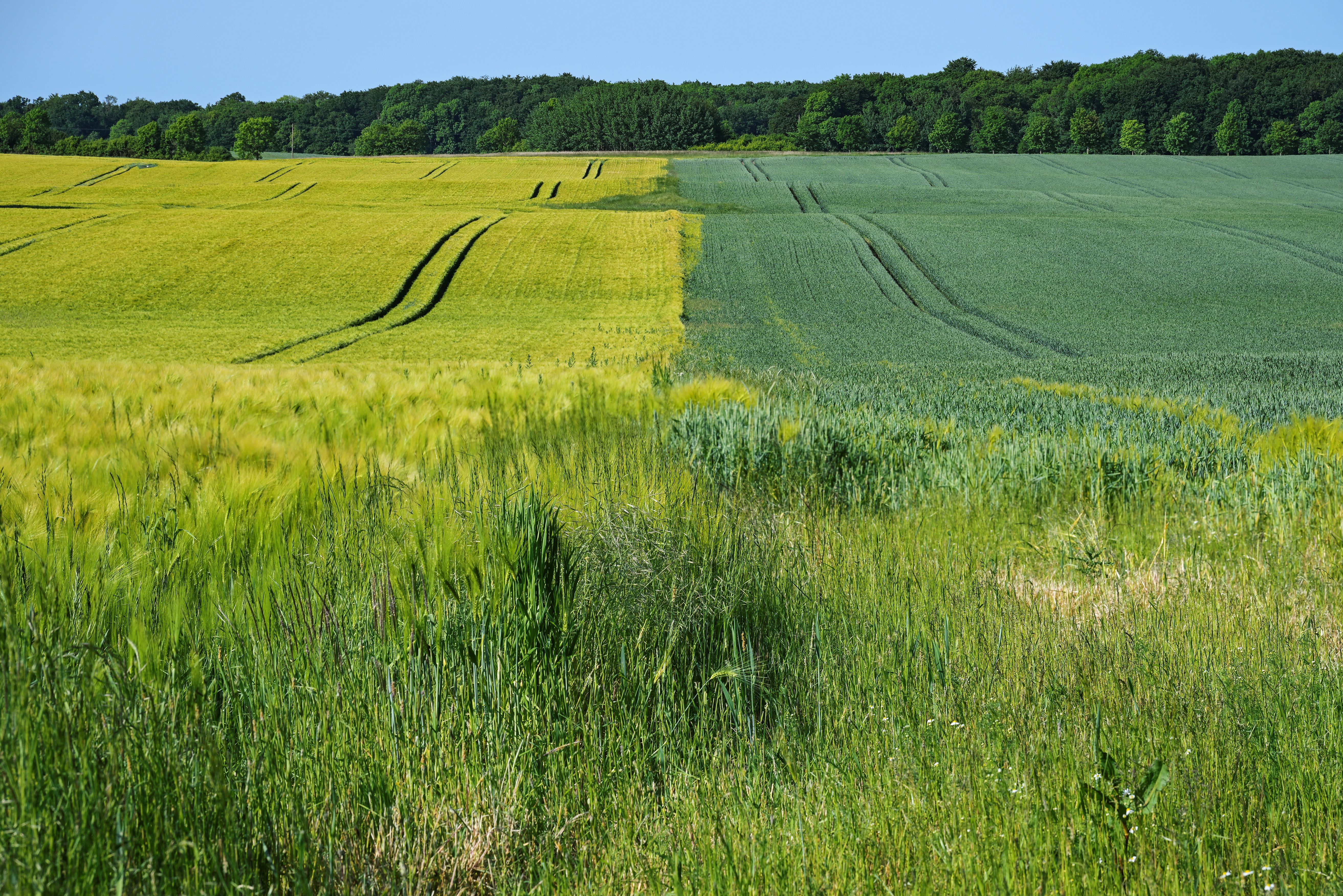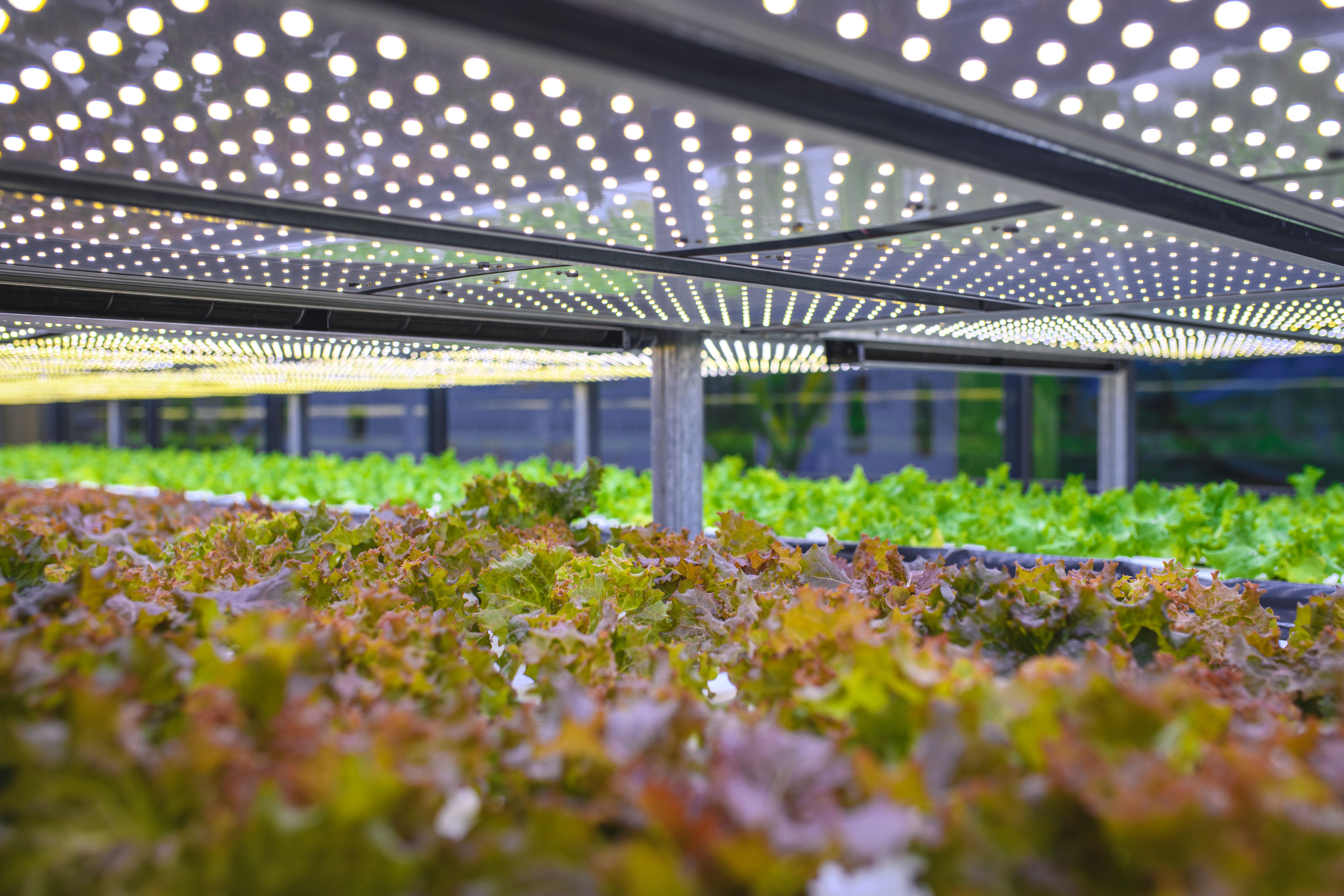Crop Rotation: A Key Trend in Sustainable Farming
Understanding Crop Rotation
Crop rotation is an agricultural practice that involves growing different types of crops in the same area across a sequence of seasons. This method is gaining popularity among farmers as a sustainable farming practice. By changing the type of crop grown, farmers can reduce soil depletion and improve soil health.
The concept of crop rotation is not new; it dates back to ancient times. However, with modern farming techniques and increased awareness of environmental impacts, it is being embraced as a key trend in sustainable agriculture. This practice helps not only in improving soil fertility but also in controlling pests and diseases.

The Benefits of Crop Rotation
One of the primary benefits of crop rotation is its ability to enhance soil structure and fertility. Different crops have varying nutrient requirements and rooting depths, which means rotating them can help balance nutrient use and prevent soil exhaustion. For example, legumes can fix nitrogen in the soil, enriching it for future crops.
Additionally, crop rotation can significantly reduce the reliance on chemical fertilizers and pesticides. By disrupting the life cycles of pests and diseases, farmers can naturally manage these threats, leading to healthier crops and reduced chemical runoff into local waterways.
Environmental Impact
Crop rotation plays a crucial role in reducing the environmental footprint of farming. By improving soil health and reducing chemical inputs, this practice supports biodiversity both above and below ground. Healthier soils are better at retaining water, which helps in conserving water resources and mitigating the effects of droughts.

Implementing Crop Rotation
To effectively implement crop rotation, farmers need to plan their crop sequences carefully. A successful crop rotation plan considers the specific nutrients required by each crop, as well as their susceptibility to pests and diseases. Common rotation schemes include alternating between deep-rooted and shallow-rooted plants, or between nitrogen-fixing and non-nitrogen-fixing crops.
An example plan might involve growing corn one year, followed by soybeans, then a small grain such as wheat or oats. This rotation helps manage pest populations and maintains soil productivity. Farmers can also incorporate cover crops during off-seasons to further enhance soil health.

Challenges and Considerations
While crop rotation offers numerous benefits, it also presents some challenges. Farmers must be knowledgeable about the specific needs and growth cycles of different crops to optimize their rotation plans. Additionally, market demands can influence crop choices, requiring a balance between economic viability and sustainable practices.
Adapting to changing weather patterns and climate conditions is another consideration. Flexible crop rotation strategies may be necessary to cope with these changes, ensuring that the practice remains beneficial under varying environmental conditions.
The Future of Sustainable Farming
As awareness of environmental issues continues to rise, so too does the interest in sustainable farming practices like crop rotation. By embracing these methods, farmers can contribute to a more sustainable agricultural system that supports both the environment and food security.
Continued research and innovation in crop rotation techniques will be essential to maximize its benefits further. As more farmers adopt these practices, we can look forward to a future where agriculture coexists harmoniously with nature.